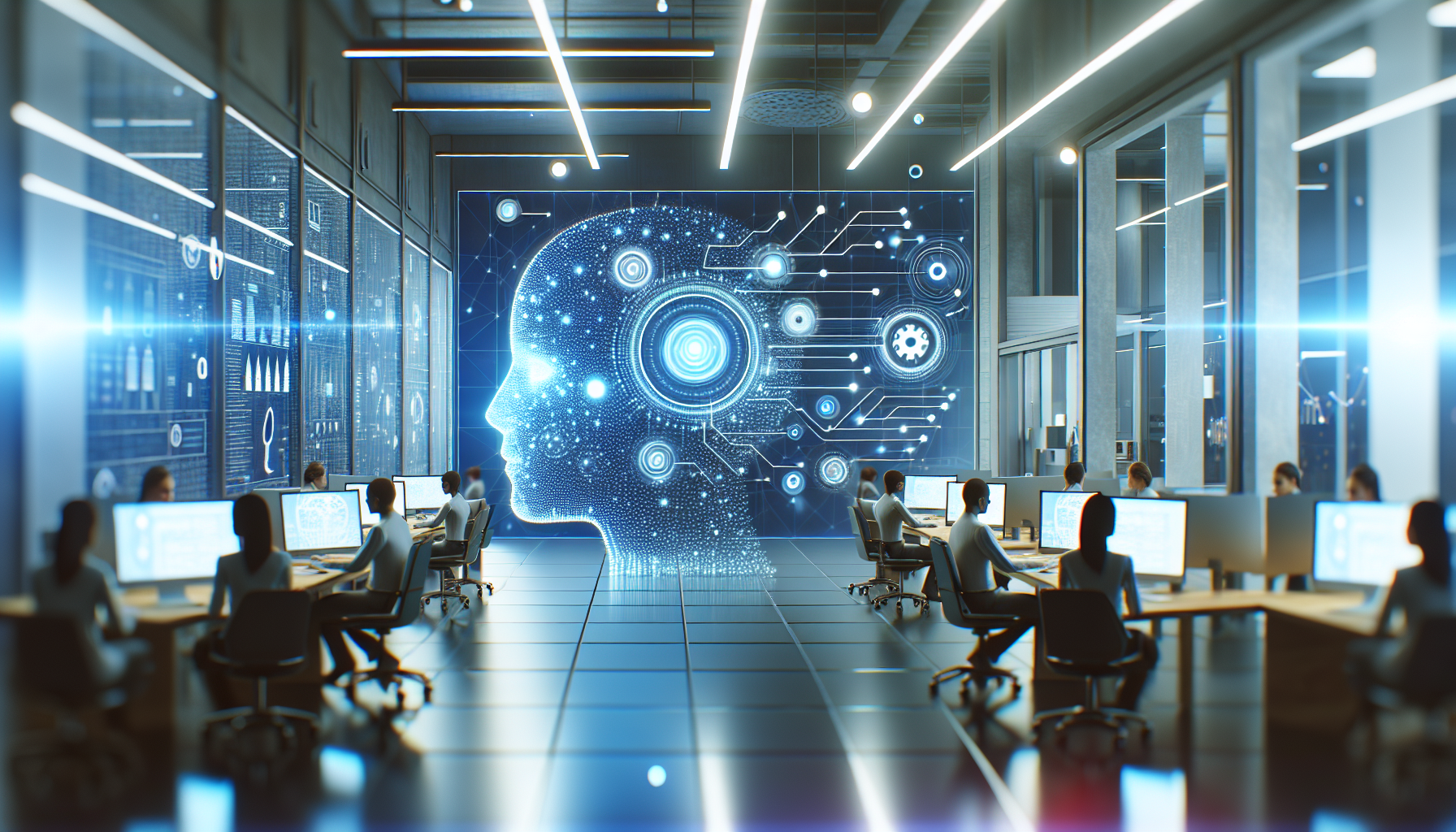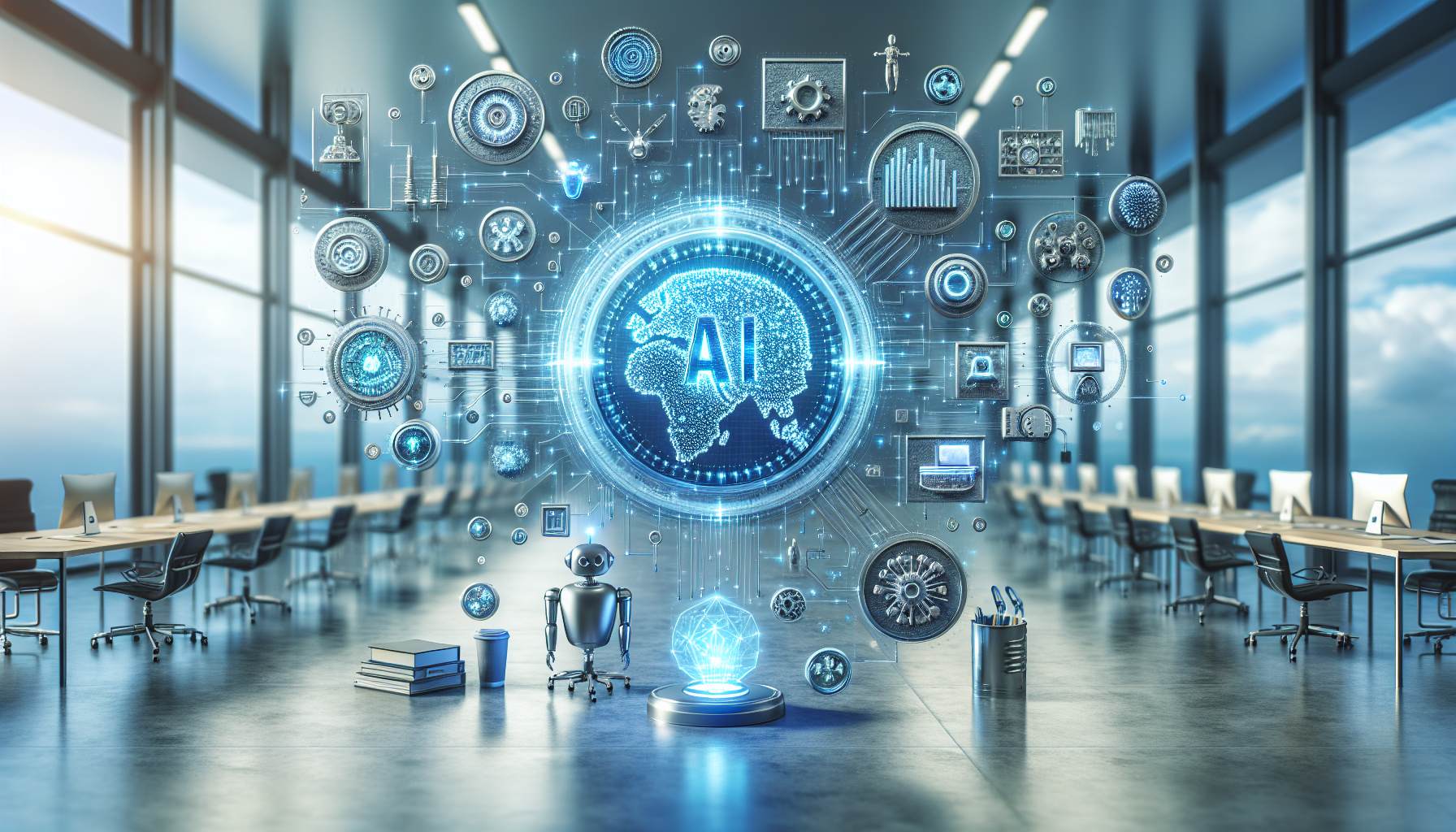
How Artificial Intelligence is Reshaping the Canvas of Creativity: A Historical Analysis
April 8, 2025
Artificial Intelligence's encroachment into the world of art and creativity has been met with both intrigue and skepticism. While AI is often lauded for its capacity to revolutionize industries, its role in art raises questions about the essence of creativity itself. Historically, art has always been a realm of human expression, but the introduction of algorithms and machine learning into this sacred space provokes a reevaluation of what it means to create.
From the arrival of the first AI-generated art pieces, a heated debate sparked among artists, critics, and technologists alike. These initial forays into AI art were often dismissed as novelties, more an amusing technological feat than genuine art. Yet, as the capabilities of AI have grown, so too has its impact on the art world. AI now plays a role not only in generating works of art but in challenging our perceptions of creativity and authorship.
The historical interplay between technology and art is not new. The invention of the camera was once feared to signal the death of painting, yet it instead expanded the possibilities of visual expression. Similarly, AI's entrance into the art world seems to echo these past tensions. However, unlike cameras, AI possesses the unsettling ability to mimic human creativity, raising the question: is art still art if it's created by a machine?
Critics argue that AI's influence strips away the spontaneity and emotional depth that characterize true creative endeavors. The process behind AI-generated art often involves algorithms trained on vast datasets of existing artworks, leading some to question the originality of these creations. Are these pieces merely a regurgitation of previous human efforts, or do they introduce novel elements worthy of the label "art"?
Proponents of AI in art suggest that it offers new tools for human artists, expanding their creative toolkit. AI can analyze patterns, suggest novel compositions, and even collaborate with artists in ways previously unimaginable. These advocates argue that, rather than replacing human creativity, AI acts as a catalyst, pushing artists to explore uncharted territories.
Historical perspectives reveal that skepticism towards technological advancements in art is a recurring theme. The Impressionist movement, for instance, was initially met with disdain by traditionalists who saw it as a departure from classical techniques. Yet, over time, Impressionism was embraced and celebrated for its innovation. Could AI follow a similar path, transforming from an object of derision to an integral part of the artistic process?
The ethical implications of AI in art are also worthy of examination. With AI-generated art now fetching high prices at auctions, questions about intellectual property and authorship become increasingly pertinent. If an AI creates a masterpiece, who owns the rights? The programmer who wrote the algorithm, the artist who curated the inputs, or the machine itself? This dilemma challenges our legal frameworks, which have yet to catch up with the technological realities of AI.
Furthermore, the accessibility of AI tools has democratized art creation, allowing individuals with little formal training to produce works of art. While this democratization is celebrated by some, others fear it may dilute the rigor and discipline traditionally associated with artistic mastery. The balance between accessibility and artistic integrity is a fine line, one that continues to spark debate within the art community.
As AI's role in art continues to evolve, it prompts us to reflect on the nature of creativity itself. Is creativity an inherently human trait, or can machines truly possess it? This question does not have a simple answer, and perhaps it is this ambiguity that makes the intersection of AI and art so compelling.
In pondering the future of art in an AI-driven world, we must consider not only how machines create but why we value creativity in the first place. As AI blurs the lines between human and machine, it challenges us to redefine the boundaries of art and creativity. Will we see a future where AI is celebrated as an artist in its own right, or will it remain a mere tool, ancillary to human imagination? This ongoing dialogue invites us to reconsider the essence of what it means to be creative, not just today, but for generations to come.


